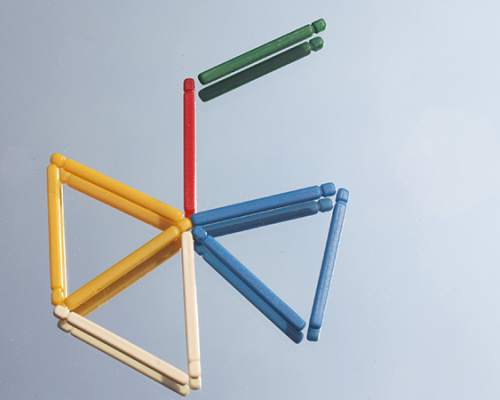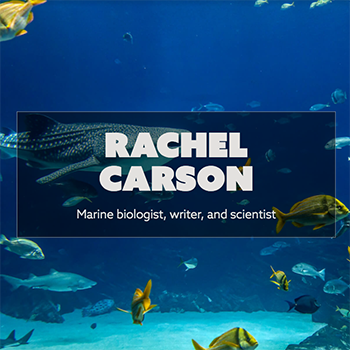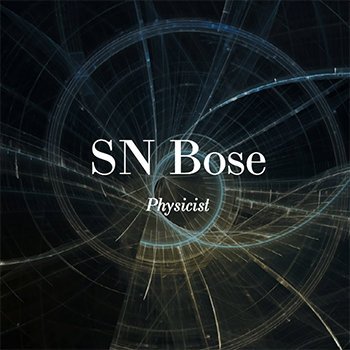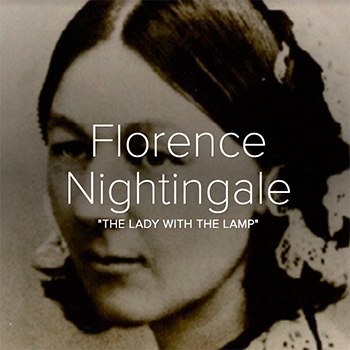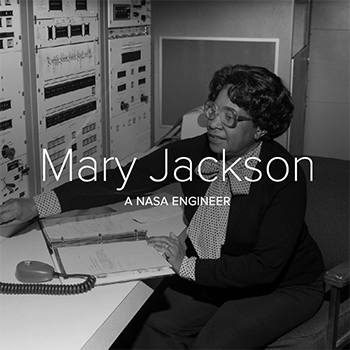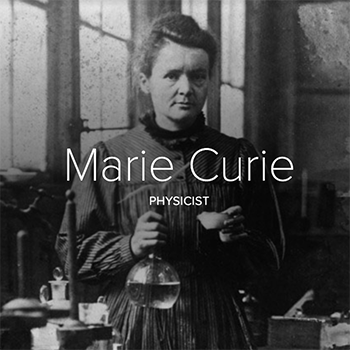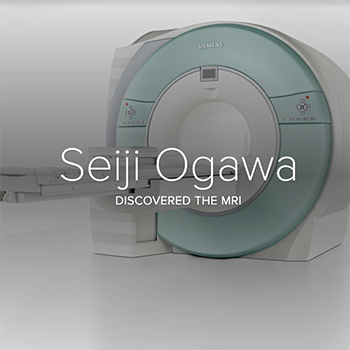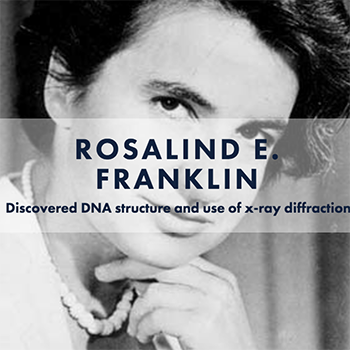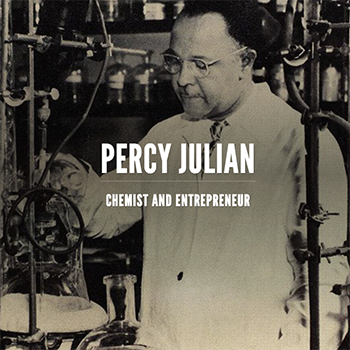Teaching the Importance of Diversity in Science
Date
In her Grade 8 Science classroom, Celeste Pellicci frequently refers to the famous scientists whose discoveries form the basis for much of her curriculum as “dead European white guys.” Celeste isn’t belittling their accomplishments; instead she means to challenge her students to question who can and should participate in science, now and in the future.
Celeste teaches at Kraxberger Middle School in Gladstone, Oregon. This spring I had the opportunity to work with Celeste and a handful of other Gladstone teachers as they search for best practices integrating Chromebooks into instruction.
In our work together, Celeste designed a technology-rich project to change the narrative about who participates in science. On a shared Google Doc, student chose from a list of women and/or racially-diverse scientists, inventors, and doctors. Students then researched their subjects, documenting their findings and sources in Google Keep . To summarize their learning, students created web pages with Adobe Express and share their projects with their peers.
Recently, I visited Celeste’s class to see how the project was going. The first thing Celeste said to me was, “This class isn’t always like this.” Even though it was the last period of the day just a few weeks before summer vacation, every single student was enthralled in their project—researching their subjects, assembling their Adobe Express pages, and quietly supporting each other. In the process, students were developing important skills including differentiating between incomplete and supported facts, fact-checking information discovered on Wikipedia, and developing competency with new technology tools. Additionally, many students, like the one who chose geneticist Rosalind Franklin, were diving into some complex science.
However, beyond skill development, the close examination of the scientists' lives led to an understanding of their successes, as well as their challenges. I watched as one student, studying Ellen Ochoa , the first Latina American in space and the current director of the Johnson Space Center, read that Ochoa was told that engineering “was not a women's field.” Another student discovered that Gillermo Gonzales Camarena , the inventor of an early color TV transmission system, faced his share of adversity as well. Camarena was forced to financially support his true passion of inventing with songwriting. This student embedded the video of Camarena’s most famous song, " Rio Colorado ," into his Adobe Express page.
According to Dr. Kenneth Gibbs in Scientific American, “Science workforce diversity refers to cultivating talent, and promoting the full inclusion of excellence across the social spectrum.” This diversity will not only grow our talent pool, but it will provide the wide variety in perspectives necessary for solving the complex problems facing us today in modern science.
In Celeste’s project, students learned that while there will be challenges, careers in science are open to anyone with determination and passion. And to me, that seems like solid learning to end a school year.
